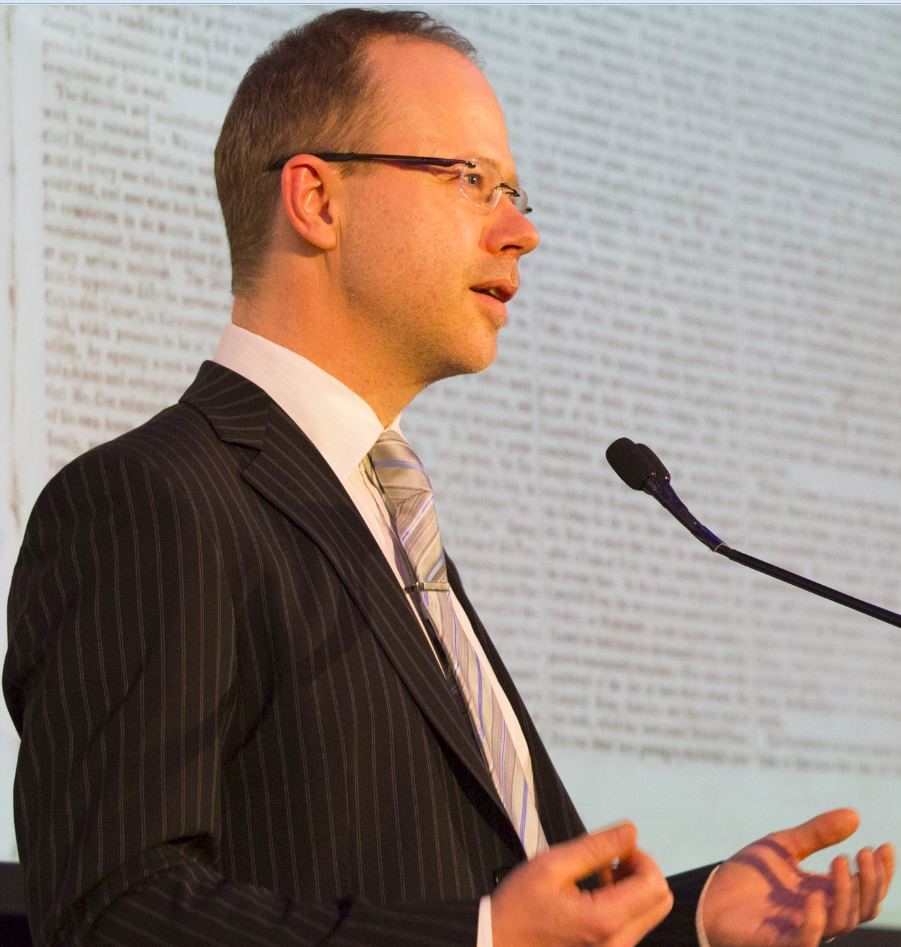March 2009
The Archives
-
Cultural Studies, Historical Studies, Humanities, Life Writing
Trauma Online
25.03.09 | Permalink | Comments Off on Trauma OnlineThis article considers how traditional physical memorials to war and other catastrophic events differ from online memorials in the Web 2.0 environment and it asks what the benefits and drawbacks of each may be. There has always been an awkward fit between the public statements embodied in monuments to those who died in war and the personal stories told by individuals who returned. This disjuncture serves to demonstrate that the two ways of remembering traumatic events—the collective and the individual—have traditionally been poles apart and often contradictory. Gradually, over the past two decades, with the increasing influence of critical theories that have questioned national and other dominating discourses—and also with growing interest within the field of clinical psychology in what is now labeled post-traumatic stress disorder—there has been an increasing interest in the vast underlayer of personal stories that national narratives have shut out or silenced.






